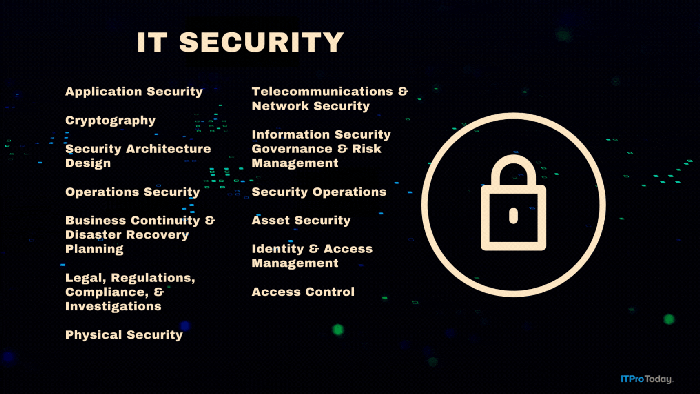Small footprint computing and security: boost your career
Serverlessness and data governance and chatbots, oh my! ITPro has a special focus this month on where our industry is headed in 2017 and beyond; several of the emerging trends are already apparent. As has been true since IT began, we have a lot to learn.
September 12, 2016
Serverlessness and data governance and chatbots, oh my! ITPro has a special focus this month on where our industry is headed in 2017 and beyond; several of the emerging trends are already apparent. As has been true since IT began, we have a lot to learn.
One theme I find particularly exciting is small-footprint computing. The variations on this already exceed one person's ability to keep up: microkernels, serverless computing, microservices, language-specific serverlessness, miniaturized IoT-ready hardware, and more are already in use, growing rapidly, and on the way to becoming specialties that show up in hiring advertisements. A few of these variations are so important we need to become familiar with them now:
Microsoft's Nano Server
Windows Server 2016, likely to be released later this month, will feature Nano Server. Performance improvements, drastically-reduced resource requirements, eased containerization and migration to Azure or other cloud services, better stability, quick boot times--Nano Server offers enterprise-class computing a lot to like. I want to underline the security implications: Nano Server makes it hard on the bad guys. With a fraction as many open network ports, active processes, memory in use, and so on, Nano Server is a tough target for crackers. That minimalism helps prevent unintentional but hazardous blunders by insiders, too. We all need to learn at least enough about Nano Server to explain any choice not to make the most of its many advantages.
As important as the Windows Server 2016 rollout is, it occupies only a part of the minimal footprint landscape. Amazon Web Services' Lambda product is growing explosively, and attracting competition from Google, Azure, Heroku, Dokku, and more. I've already written about how Lambda gives attackers every incentive to move on to softer targets; the same reasoning applies to Lambda's competitors.
Action plan
Good news: we can all start to learn these technologies today. The cost of entry is minimal, often zero. Salvage-level hardware often suffices for experiments with small-footprint computing. Nearly all of these techniques build in scalability mechanisms, so, when we find patterns that work for us, it can be quick work to reconfigure from toy demonstrations to production-level service of a thousand concurrent users.
The opportunity is at hand. Make the most of it; it'll be easier than explaining a year from now why we're not ready with small-footprint answers.
Where will you choose to dial down your footprint next? Let's talk it over in the Comments, below.
About the Author
You May Also Like









.png?width=700&auto=webp&quality=80&disable=upscale)